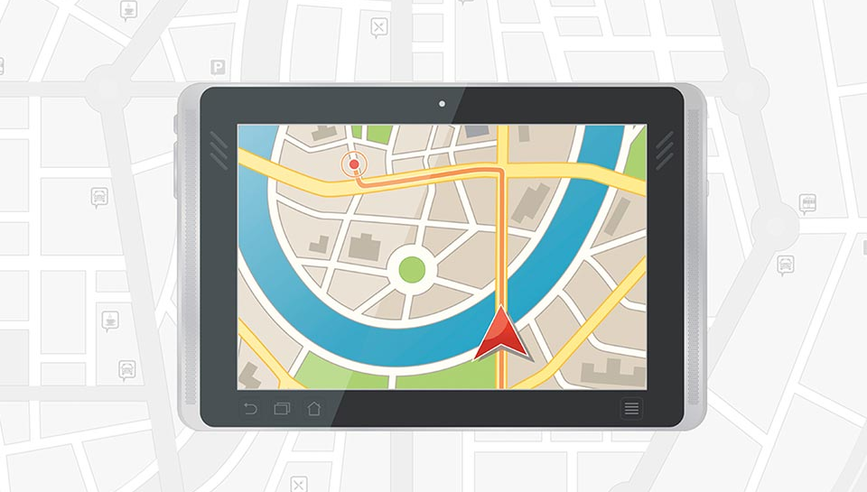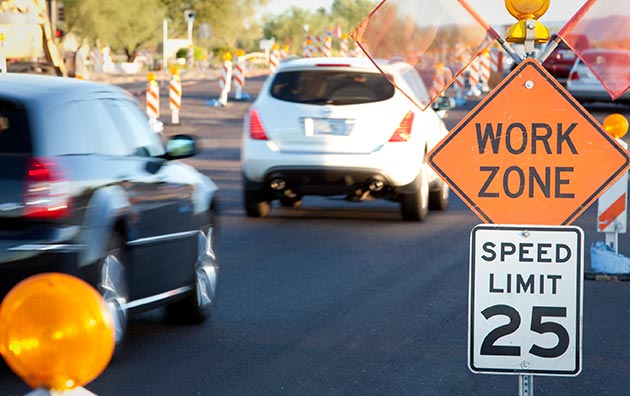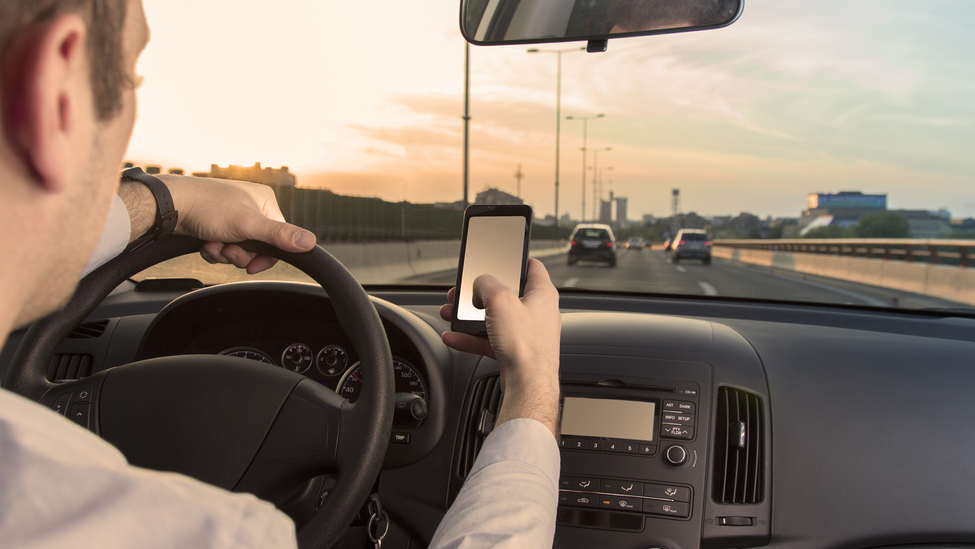Navigating the World of Navigation Systems


While a manual may help you operate your GPS correctly, a manual to assist you with purchasing the best GPS for your specific needs is much harder to come by, but perhaps just as important. In fact, interacting with a GPS device can be as dangerous as texting while driving if you do not have the right system for you.
Safety professional Chris Hayes shares his guidance on the factors to consider when purchasing a GPS.
Some GPS devices are safer than others
Here are a few things to remember when deciding which device to use:
- YOUR CAR: Consider the ergonomics of your car — visibility, accessibility and ease of manual engagement. All of these variables will be different from car to car and person to person.
- YOUR VOICE: Voice-activated systems can be safer than touch screen, but only if you find one that is suited for your voice. If you are continually correcting the text because the system misinterpreted your commands, the GPS could prove more dangerous in the end.
- YOU: One size does not fit all. Consider reach and visibility when looking for an appropriate GPS.
No matter which system you choose
The safest way to utilize a GPS is to set your destination before you start driving. By following this one simple tip, the risk of distracted driving can be significantly reduced, regardless of the GPS device you are using.
GPS devices are merely a tool
Even the best navigation system can fail. Always obey traffic signs and advisories, even if they conflict with the directions provided by your device. Navigation devices are not always updated in real-time to reflect the most recent road infrastructure and construction zones. GPS devices help you navigate, but you are still the one in the driver's seat.



